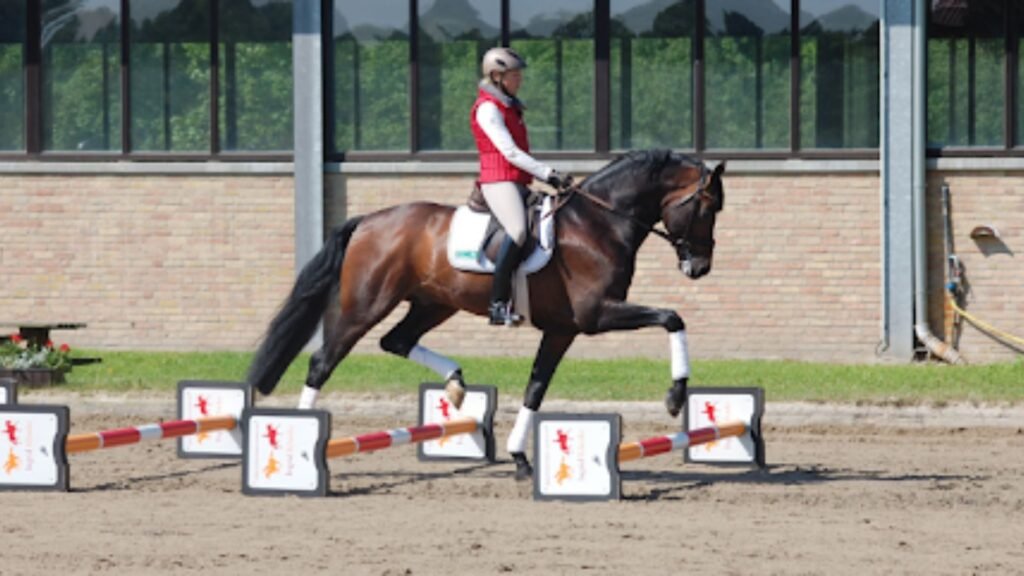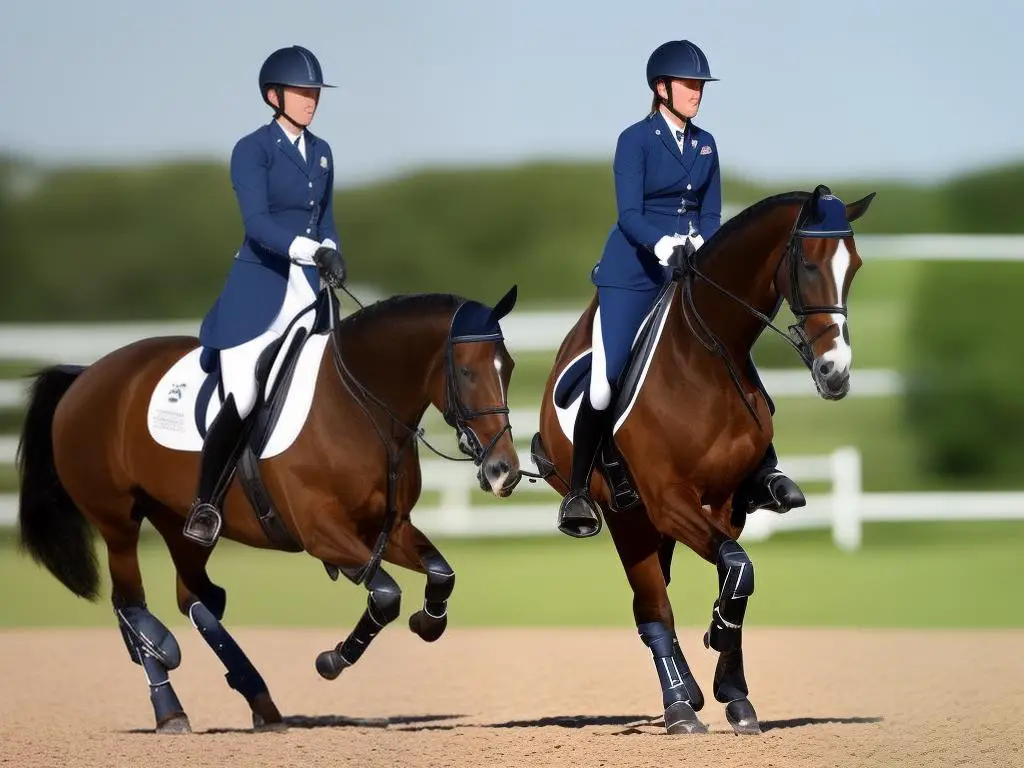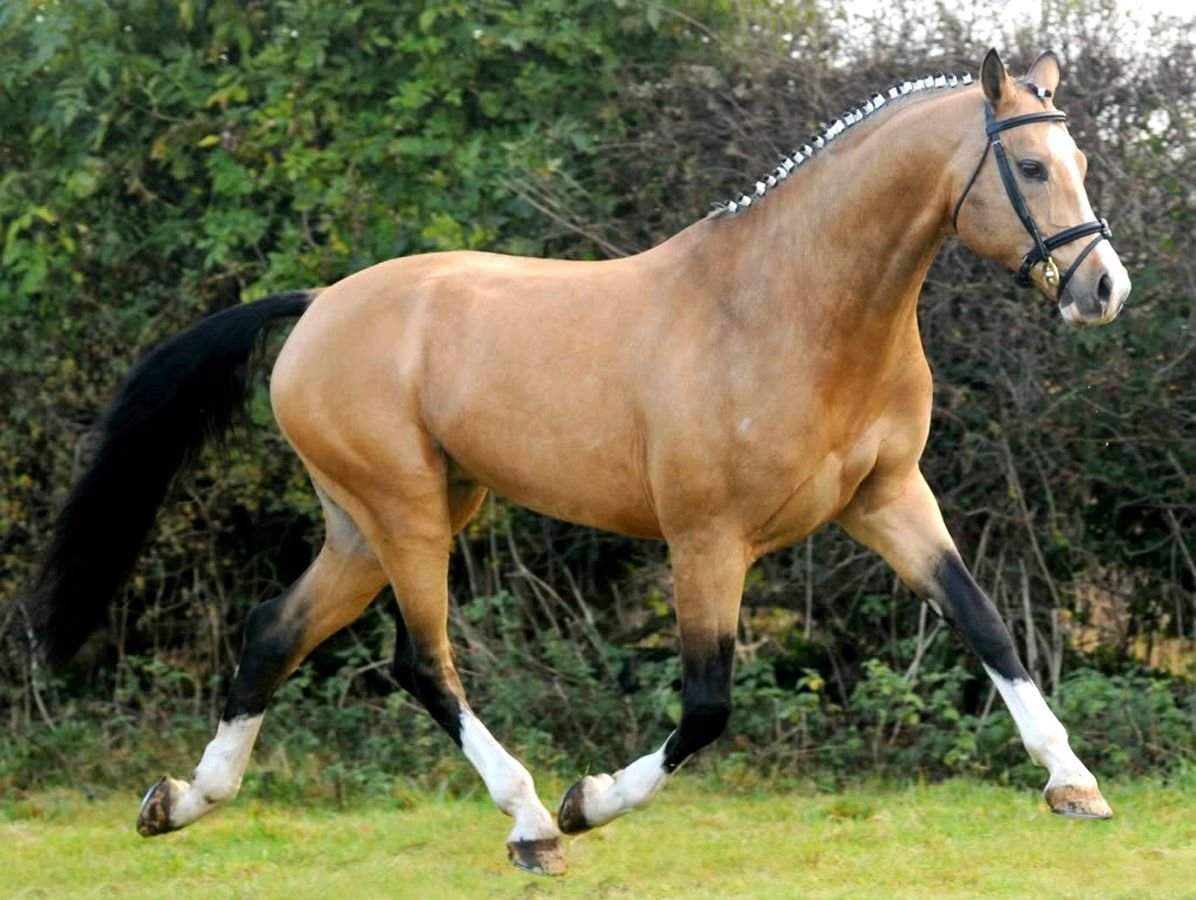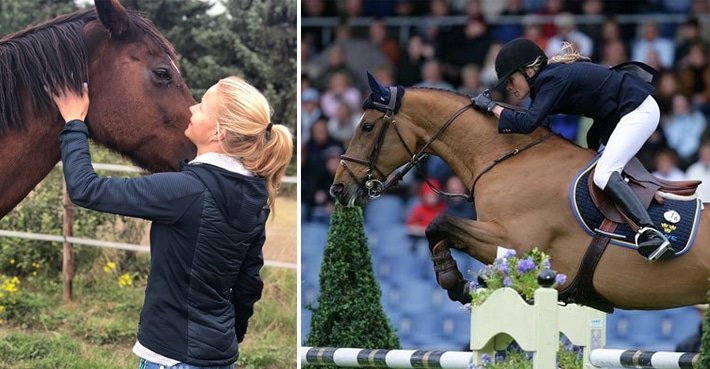Training a Warmblood horse is a rewarding experience, but it requires patience, consistency, and an understanding of their unique needs and temperament. Known for their intelligence, athleticism, and cooperative nature, Warmbloods excel in various disciplines, including dressage, jumping, and eventing. However, to bring out the best in these horses, proper training is essential. Below are some effective training tips to help you train your Warmblood horse for optimal performance.

Start with Basic Groundwork
Before you saddle up and begin riding your Warmblood, it’s essential to start with groundwork. Establishing clear communication on the ground sets a solid foundation for your training sessions. Spend time building trust and respect with your horse by teaching basic commands such as leading, halting, backing up, and moving away from pressure.
Groundwork is not just about discipline; it’s also about forming a connection. A Warmblood is sensitive to cues, so it’s important to ensure your horse understands your body language and voice commands from the start. This groundwork helps reduce any nervousness or confusion when you begin riding.
Focus on Consistent, Positive Reinforcement
Warmblood horses are known for their willingness to please and intelligence, making them highly receptive to positive reinforcement. Using rewards like treats, praise, and pats will help reinforce desired behaviors. Consistency is key—make sure you consistently reward your horse for completing tasks correctly.
By reinforcing good behavior and showing patience, you can help your Warmblood become more confident and motivated. Always remember to stay calm and clear when giving cues, as Warmbloods thrive on predictability and structure.
Incorporate Regular Dressage Training
Warmbloods excel in dressage due to their natural balance and obedience. Regular dressage training is essential to help them refine their movements, improve their posture, and develop more muscle control. Even if you’re training for other disciplines like jumping or eventing, incorporating dressage elements into your routine will enhance your horse’s overall performance.
Start with basic dressage movements, such as halts, turns, and circles. Gradually progress to more advanced exercises, such as leg yields and shoulder-in movements. Make sure your horse is responsive to subtle cues, which is a hallmark of good dressage training.
Introduce Jumping Slowly and Gradually
Jumping is another area where Warmbloods shine due to their athleticism and natural ability to clear obstacles. However, it’s important to introduce jumping gradually, especially for young horses or those new to the sport. Start by introducing small obstacles and allow your horse to gain confidence with each jump.
Ensure your Warmblood is comfortable with the rhythm and approach to each jump. Begin with simple poles on the ground to develop the horse’s awareness of space and timing. Then, increase the height of the jumps progressively, always ensuring that the horse is comfortable before moving on to more complex obstacles.
Conclusion
Training a Warmblood horse requires time, patience, and consistency, but the results are well worth the effort. With their cooperative nature, intelligence, and willingness to please, Warmbloods can excel in various equestrian disciplines. Starting with solid groundwork, incorporating positive reinforcement, and maintaining a balanced and varied routine are all essential for training success. Remember to respect your horse’s individual needs and progress at a pace that suits both of you. With the right training approach, you’ll develop a strong, successful partnership with your Warmblood, leading to years of enjoyment in your riding career.











